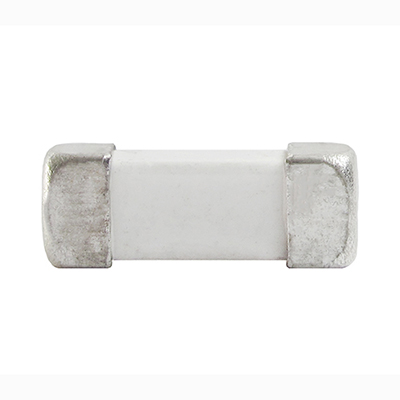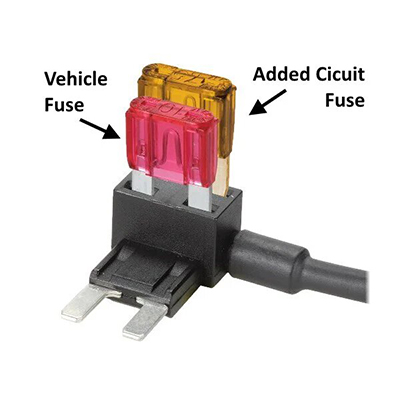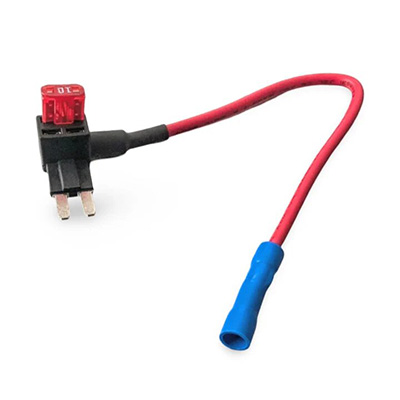Glass Fuses: Essential Safeguards for Automotive Charging Systems
News 2025-10-27
Glass fuses play a critical role in protecting electrical circuits within automotive environments, particularly in car charging ports. These devices are designed to interrupt current flow during overcurrent events, preventing damage to sensitive components like batteries and charging modules. By using a thin metal wire encased in a glass tube, they offer a reliable method to safeguard against short circuits and overloads, which are common risks in vehicles with advanced electrical systems. This protection is vital for maintaining the integrity and longevity of charging infrastructure in both conventional and electric vehicles.

Applications in Vehicle Charging Systems
In automotive settings, glass fuses are widely integrated into charging ports and related circuitry. They protect against faults during battery charging, such as those caused by incompatible adapters or internal failures, ensuring safe operation in electric vehicles (EVs) and hybrid models. Additionally, these fuses are used in accessory charging systems, like USB ports or diagnostic tools, where they prevent excessive current from damaging wires or connected devices. Their application extends to aftermarket modifications, providing a simple yet effective defense in custom charging setups.
Performance Benefits of Glass Fuses
Glass fuses deliver key advantages that enhance their suitability for automotive use. The transparent glass construction allows for immediate visual inspection to confirm if a fuse has blown, speeding up diagnostics and repairs in field conditions. They also feature precise current ratings and fast response times, effectively halting overcurrent situations before significant harm occurs. In charging port applications, this results in minimal energy loss and heat buildup, contributing to efficient power management and reduced wear on vehicle electronics.
Common Questions on Glass Fuses
1. What are the main types of glass fuses used in cars?
Answer: Common types include fast-acting and time-delay glass fuses, with ratings typically between 1A and 30A, chosen based on the specific current demands of the charging system.
2. How do glass fuses improve safety in charging ports?
Answer: They provide rapid circuit interruption and visual failure indicators, helping to avoid fires or electrical shocks by isolating faults quickly in automotive charging scenarios.
3. What factors should be considered when selecting a glass fuse?
Answer: Key factors include the fuse’s amperage rating, voltage compatibility, and physical size to ensure it fits and protects the charging port effectively without compromising performance.


